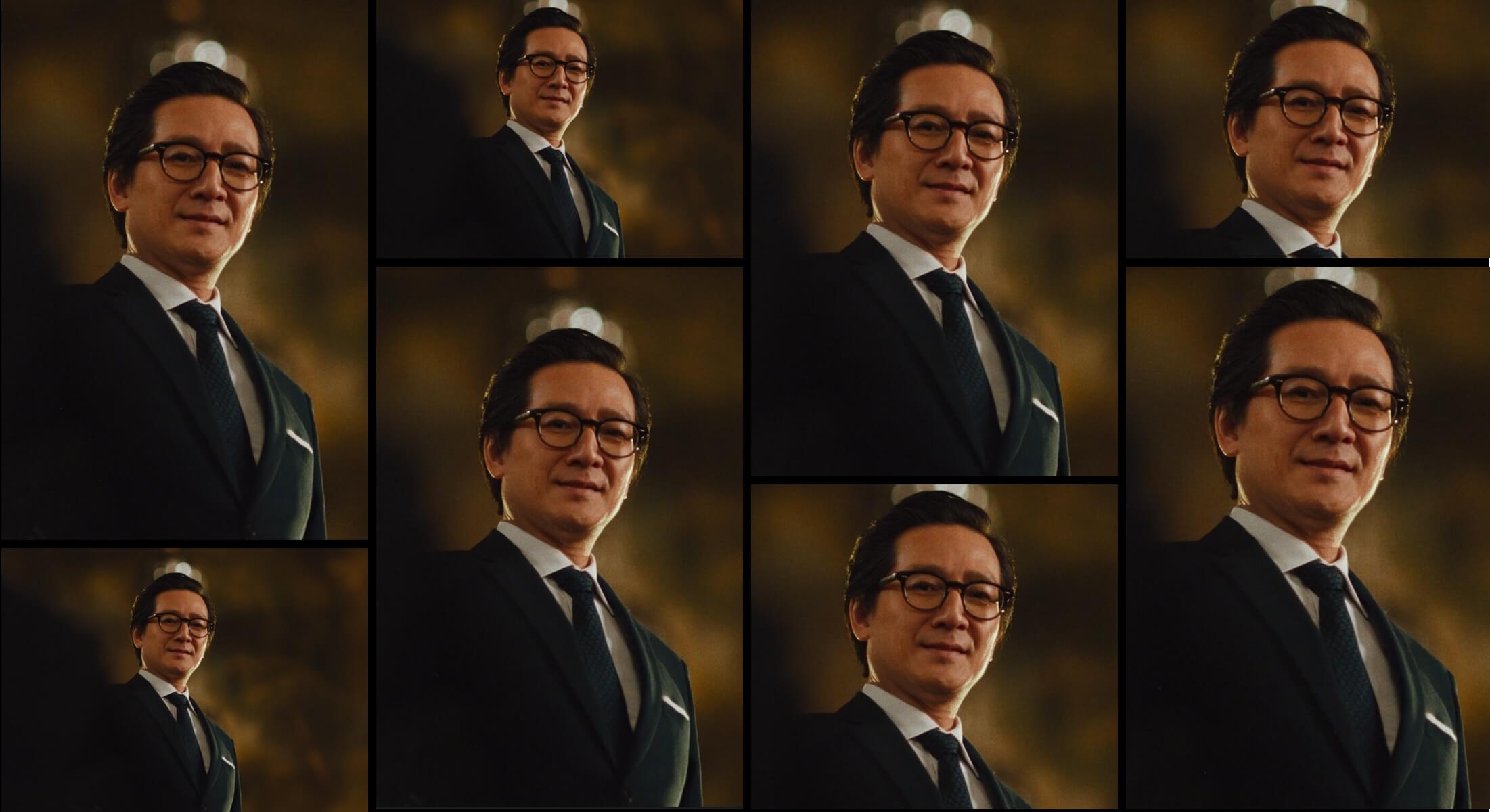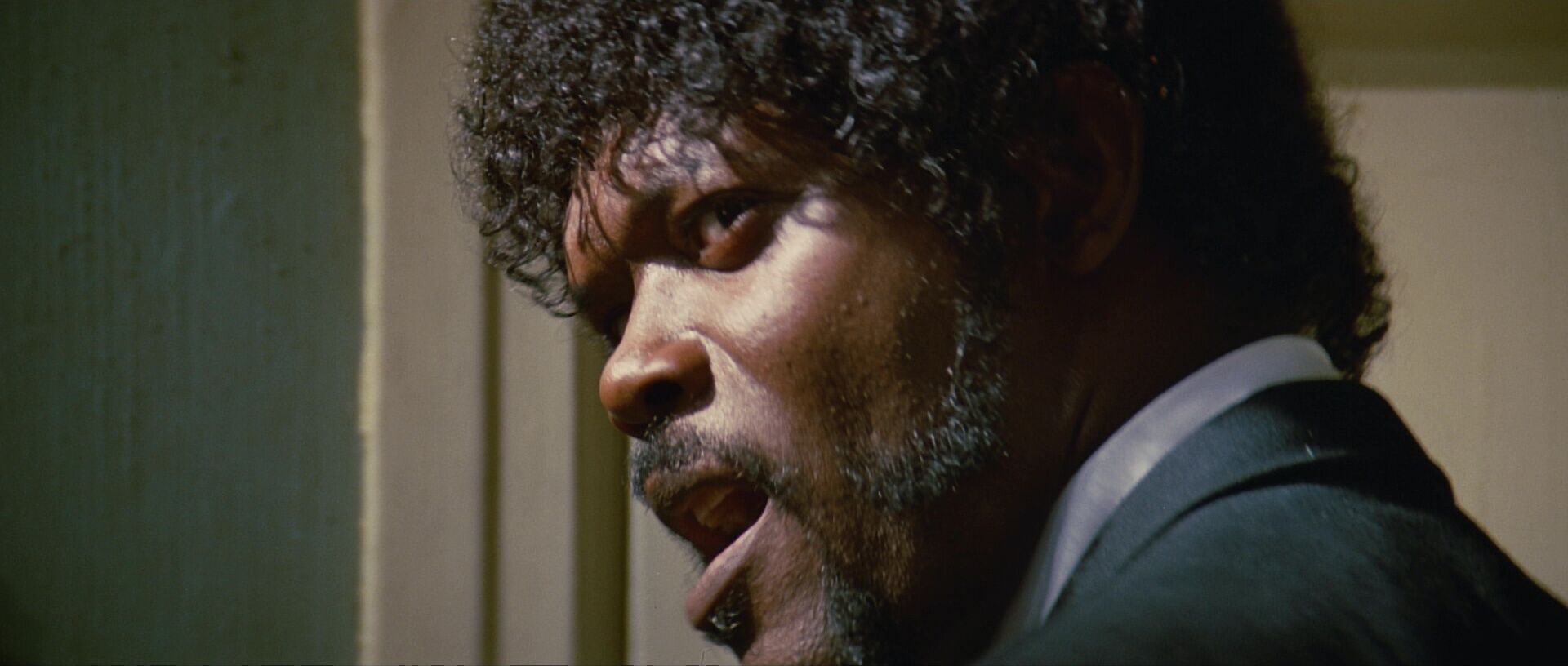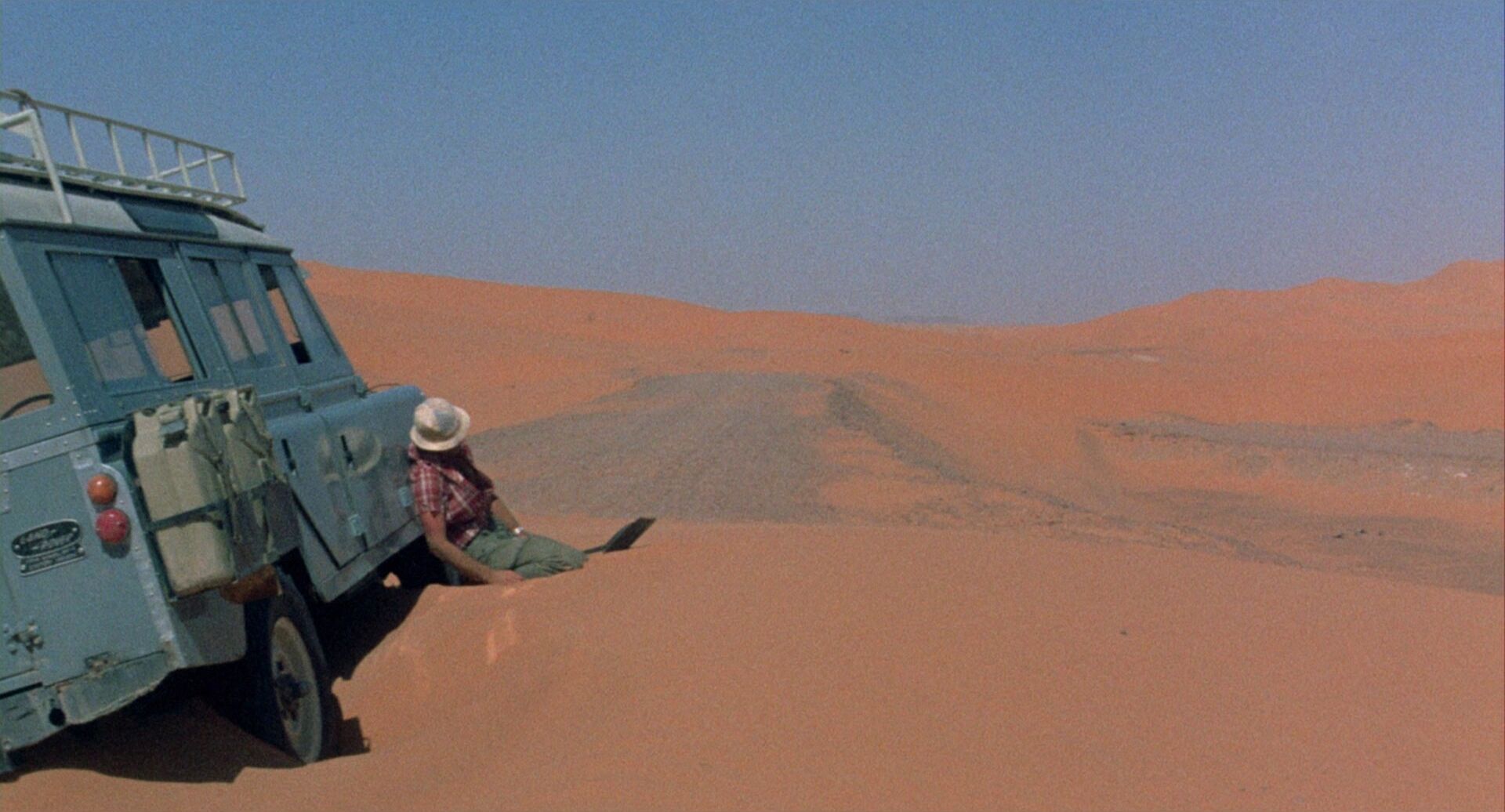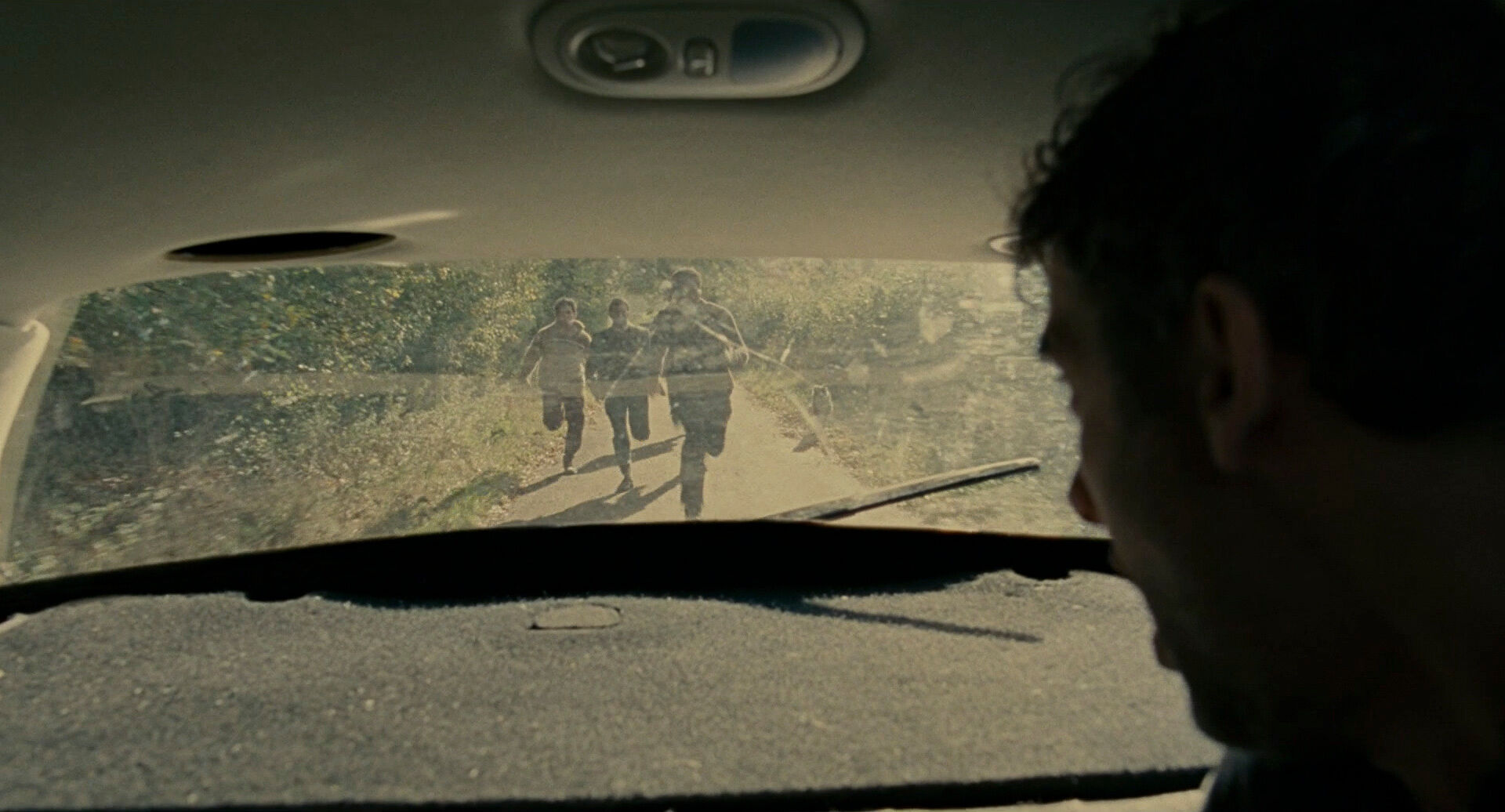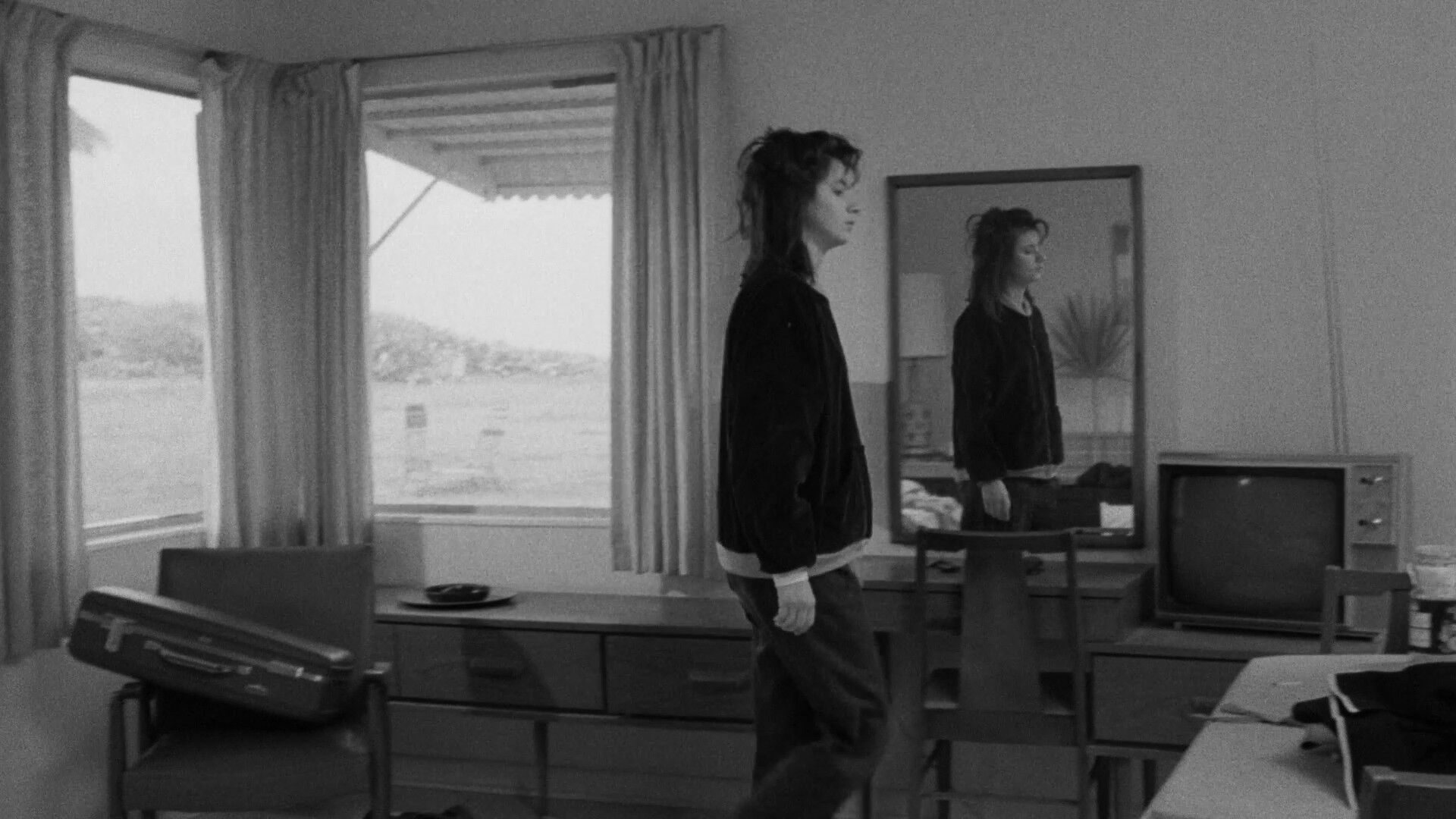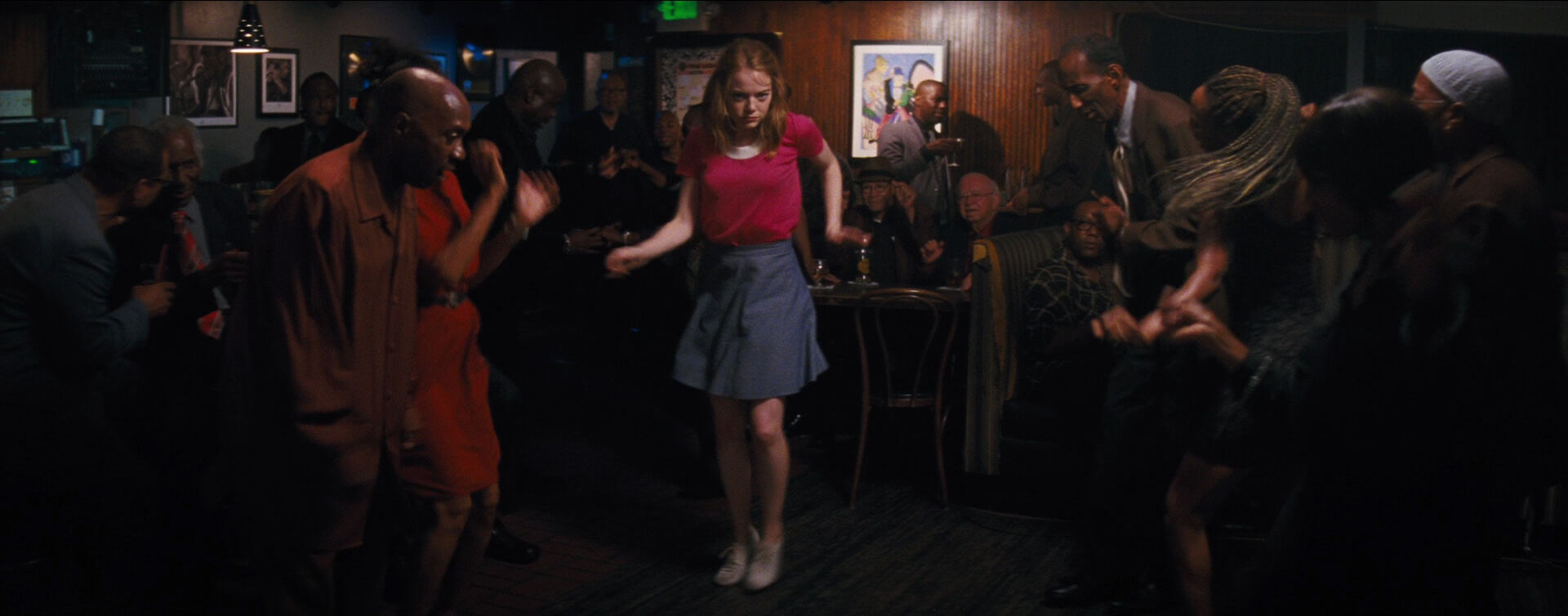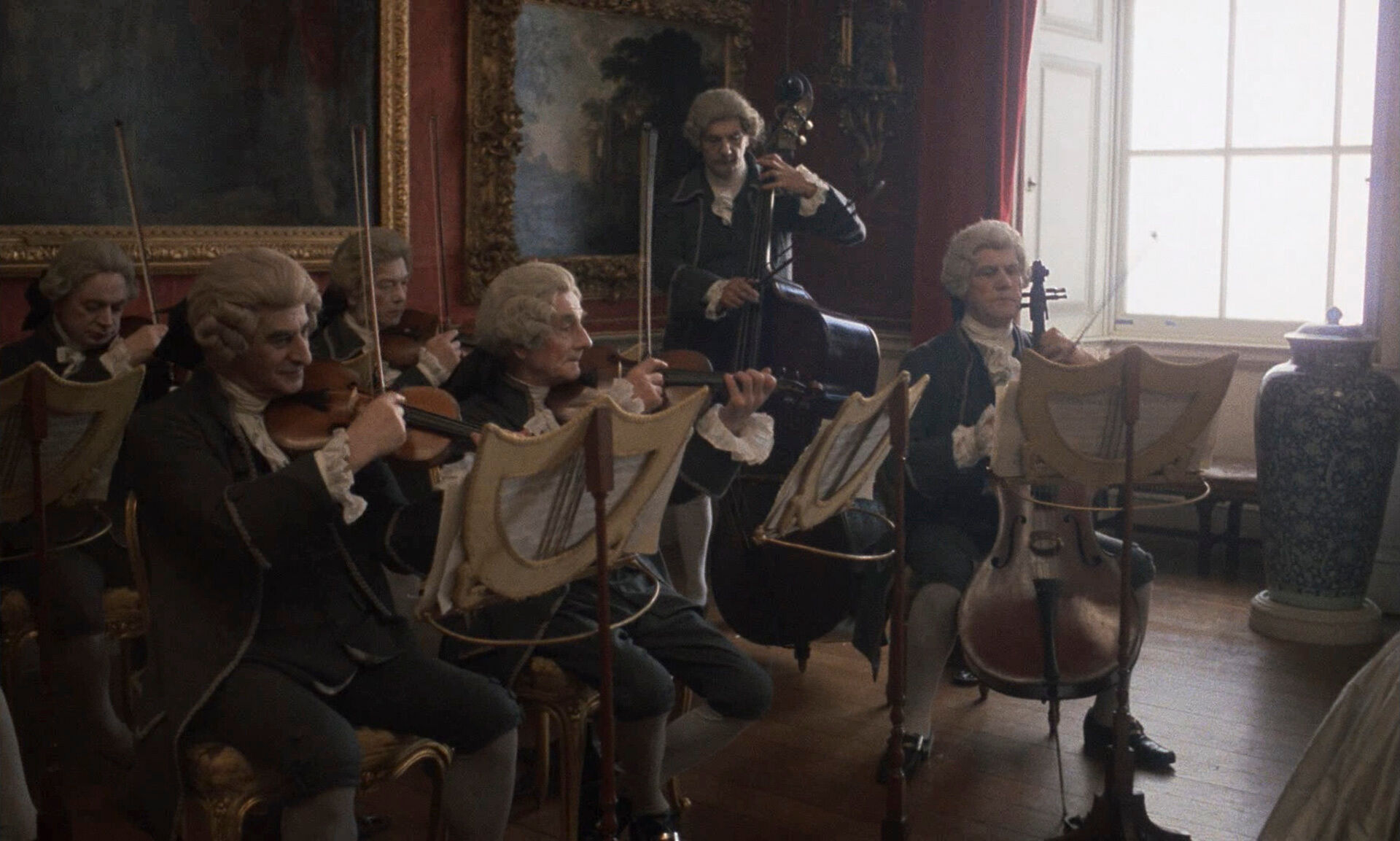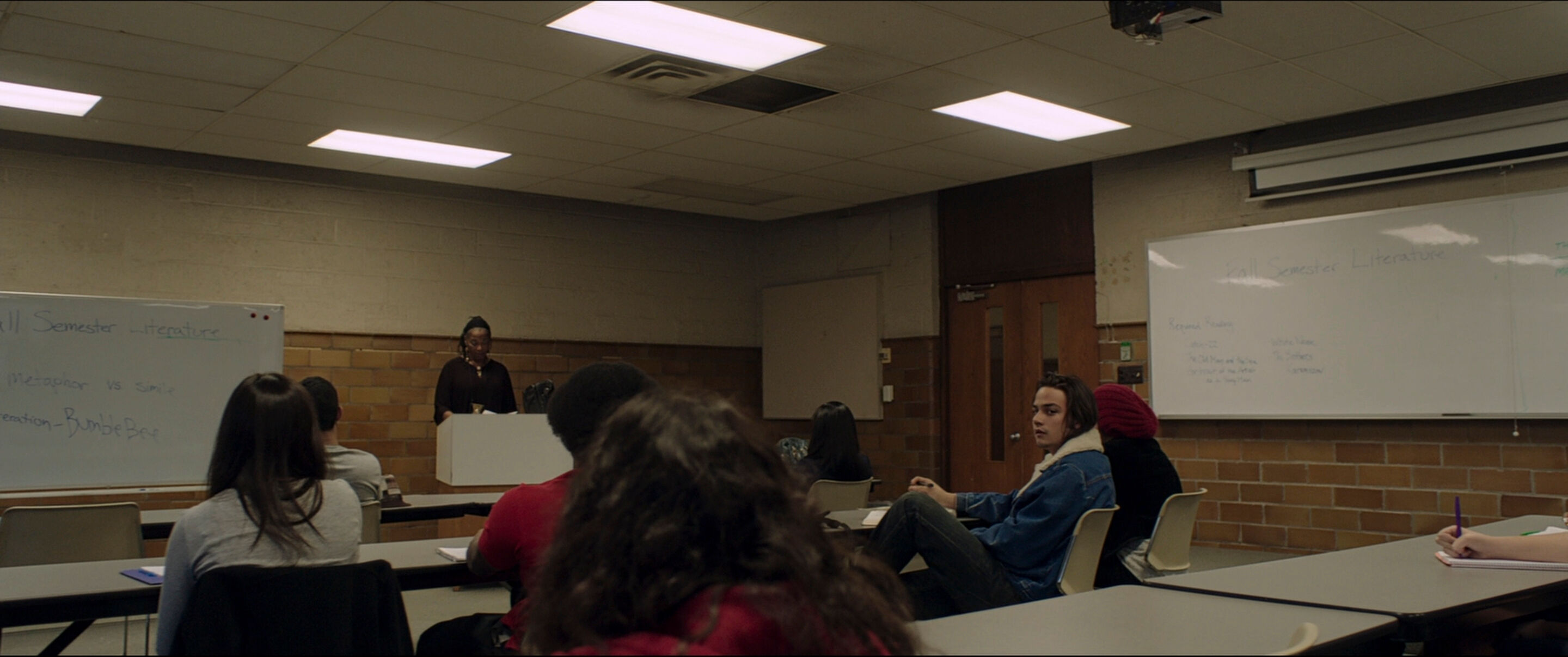home → Camera Movements → Pan Shot
PAN SHOT DEFINITION
What is a Pan Shot?
A pan shot camera movement occurs when the camera pivots horizontally, left or right, while keeping anchored in one place. Typically, the camera is mounted on a tripod while the operator moves it at any preferred speed to reveal more information in a scene. A panning shot can be combined with many other types of shots, but what defines a pan shot specifically is that it only moves horizontally while planted on a fixed point.
For an in-depth exploration of this technique, check out our full guide to
camera pan movements, complete with examples and breakdowns.
Meanings & Purpose
Pan Shot Examples
We’ll explore the full extent of what a panning shot can do for a scene in a film, but first, let’s familiarize ourselves with some visual samplings so we have a clear sense of how they work in action. Browse this curated selection of panning shots in film to see their most common applications.
Tracks movement of a subject
Reveals the location of a scene
Creates tension
Applies a distinct tone
Uses
What does a pan shot convey?
A pan shot, like any shot, is used as a creative tool to accentuate storytelling. Rather than simply cutting from one subject to another, revealing information in a scene can automatically become more engaging for an audience through the clever use of panning shots. The goal is to direct the audience’s attention while simultaneously holding their attention. Below are some examples of pan camera shots and their various effects.
Energy
Characters A and B talk to each other at a fast pace. The camera pans quickly from character A’s dialogue to character B’s response, matching the snappy energy of their conversation.
Orientation
A character begins talking about their past, so the camera pans, fast or slow, to reveal the past setting of their story. Though this past setting isn’t literally where the camera pans in relation to the character, it’s a creative way to immerse the audience in this past scene, rather than with a standard cut and ’x years ago’ title card.
Danger
If the camera is keeping focused on a character, the camera can suddenly pan left or right to reveal a lurking danger nearby, escalating the tension for the audience while the character is unaware.
Character Perspective
If the camera is facing a character and that character looks to their left or right at something significant, the camera can pan to reveal what that character sees.
Clarification
Pan shot vs Tilt shot
The pan shot and the tilt shot are commonly confused because they’re not only similar, but they’re often used at the exact same time. While in both cases, the camera is set on a fixed axis, what separates a pan shot from a tilt shot is that a pan shot moves horizontally, while a tilt shot moves vertically. In simpler terms, a pan shot moves the lens left or right, while a tilt shot moves the lens up or down.
It's often the case that these two shots are combined. The camera may be set on a tripod and moving horizontally, but if the camera tilts either up or down, no matter how little or how much, while moving horizontally at the same time, then it is both a pan and tilt shot.

Case Study
Shot listing a pan shot
Let’s take a look at a specific example to better equip ourselves with how effectively, and even subtly, a pan shot can be used. In the climax of Annihilation (2018), several pan shots are applied as lead character, Lena, encounters the mysterious heart of the shimmer.
Click the shot list below for a beat by beat look at the scene.
As we’ve already established, the pan shot can be combined with various other types of shots to really up a scene’s creative ante.
Let’s dive into some of these alternative shots and explore what they may evoke when added with the pan shot.
Unexpected combos
How can you apply a pan shot with other camera techniques?
How to combine a pan shot
Pan shots alone can make for a creatively lush moment in a scene. And while a panning shot doesn’t necessarily need to be combined with other shots to capture a valuable moment, doing so can yield quality results when carefully considered. Here are some examples of creative combinations with the pan camera shot.
- Zoom: Beginning as a pan shot and then zooming into a subject to emphasize importance.
- Handheld: A camera held by a person while panning can make an audience feel like they’re in the scene.
- Rack Focus:: While the camera pans to reveal a setting, focus shifts can be used to direct attention between foreground and background.
- Whip Pan: A fast paced pan that can create a sense of urgency and excitement. If whipped fast enough, a blur effect can be created.
- Crane Shot: An often epic combination that can be used high in the sky to reveal the vastness of a location.
Frequently asked questions about pan shots
First you must establish your starting subject, followed by what you want to reveal by moving away from that starting subject. You will horizontally pan from your starting subject to what you want to reveal next. The creativity comes from deciding how fast or slow you pan from your subject to your reveal, or even how you might combine the pan shot with other types of shots.
Pan shots can take on a variety of meanings depending on what pace they’re moved at, and what exactly they’re revealing in a scene. In simplest terms, however, a pan shot means that the director is revealing more detail in a setting.
Pan is short for panorama, which means an uninterrupted view of an entire surrounding from an observer’s perspective. Panorama tends to elude to a 360 degree view, but when it comes to a pan shot in film, the shot may cover an entire 360 degrees, or any amount of degrees under that.
